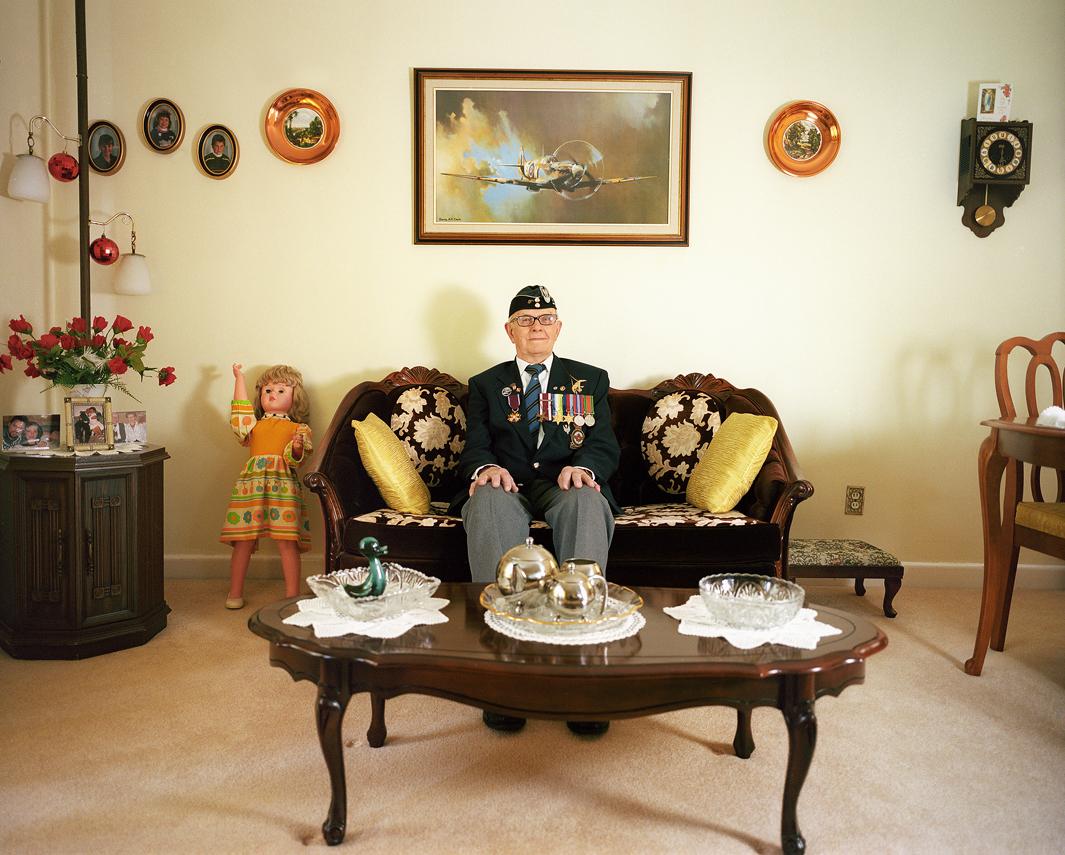This Sunday, the United Kingdom observes Remembrance Sunday to honor the men and women who served. Michal Solarski wants to make sure Polish Air Force veterans of World War II are also duly considered.
After the joint Nazi-Soviet defeat of Poland in September 1939, many Polish Air Force personnel and technicians were evacuated to Hungary and Romania and then made their way to France and Britain. Others were arrested in occupied Poland and sent to Russia to work in the Gulag before being released when the Soviet Union started fighting Germany. They, too, ultimately ended up in Britain.
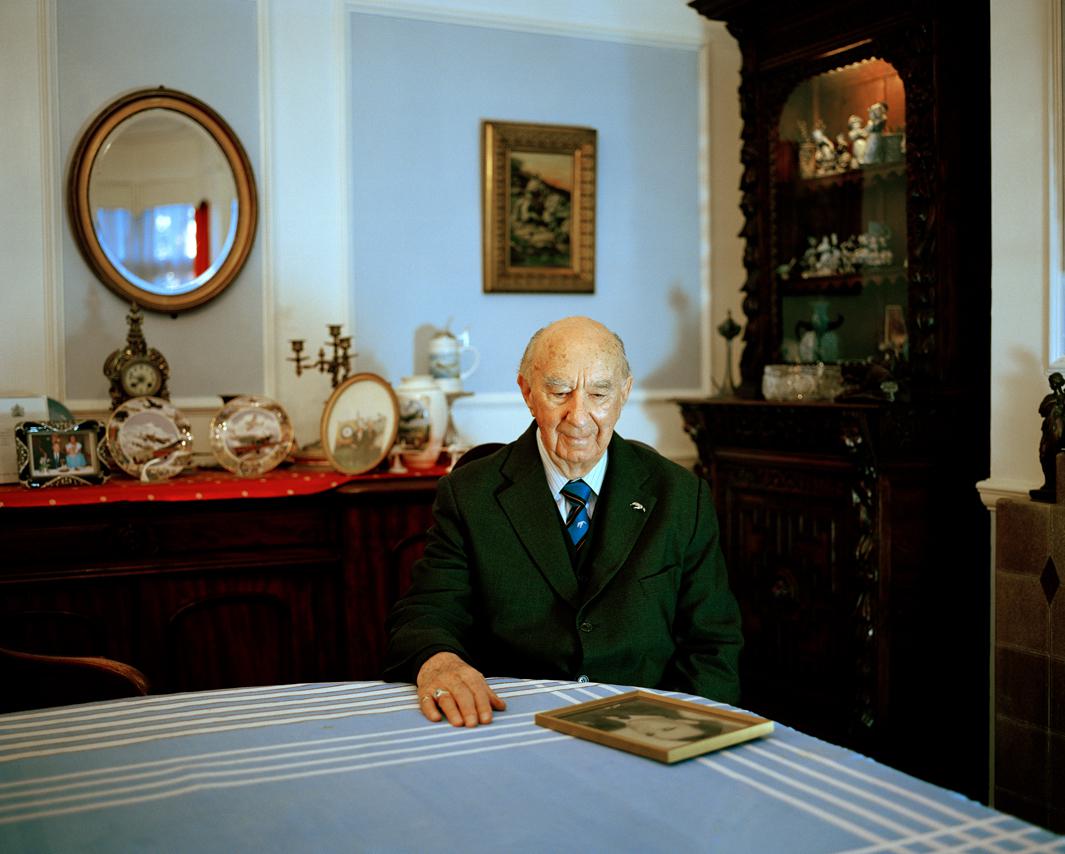
Copyright Michal Solarski
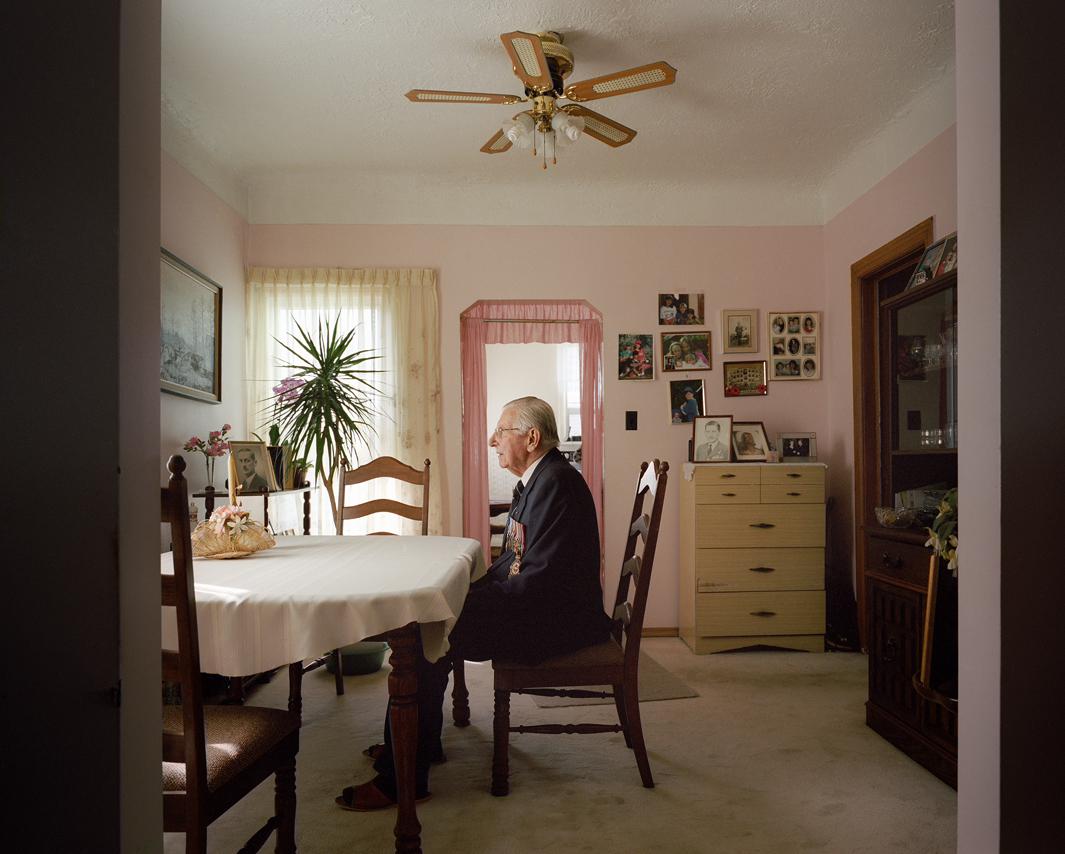
Copyright Michal Solarski
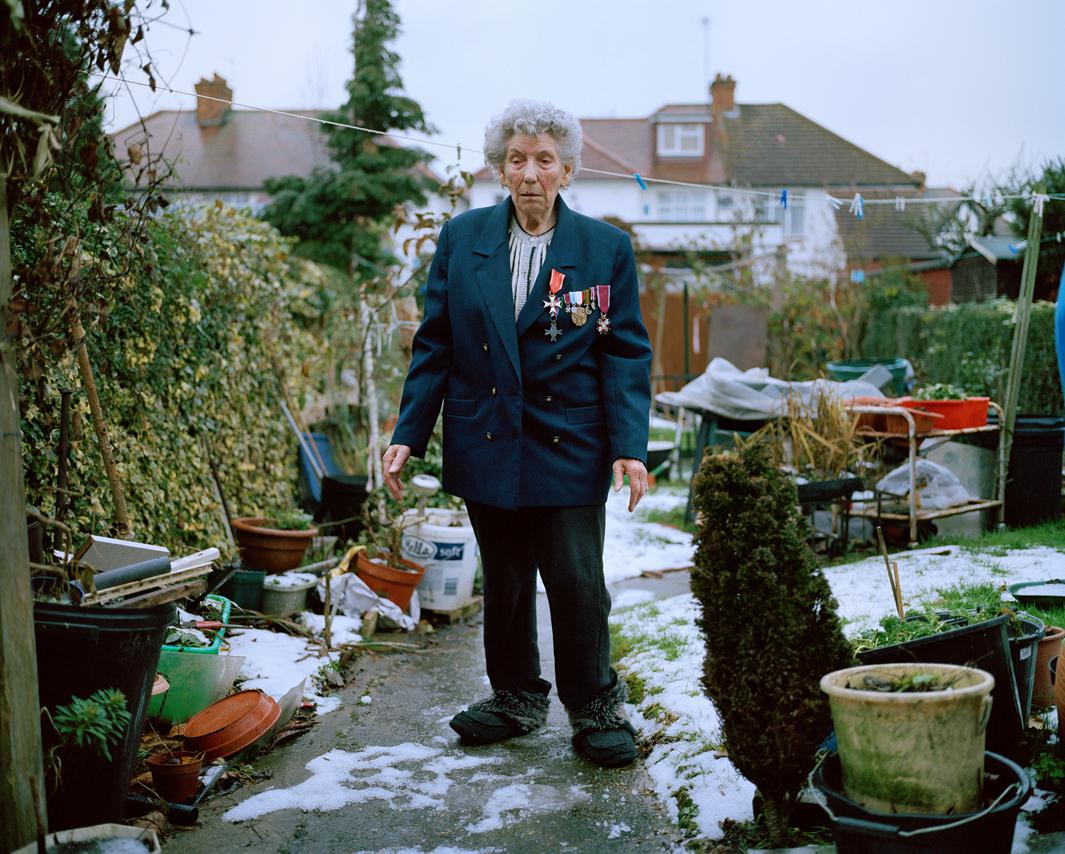
Copyright Michal Solarski
By the mid-1940s, more than 8,000 Polish airmen had arrived in the U.K. Fighting alongside the British, they served an important role in the Allied victory and were especially crucial in the Battle of Britain. Some of them are still alive today, though their numbers are shrinking. With the help of historians Piotr Sikora and Adam Jackowski, Solarski found nearly 30 veterans living in Poland, the U.K., the United States, and Canada. Their portraits are featured in his self-published book, The Airmen.
“I just hope that this story will never be forgotten. I see my work as a poignant reminder and valuable historical record of the bravery of these men and women,” Solarski said via email.

Copyright Michal Solarski
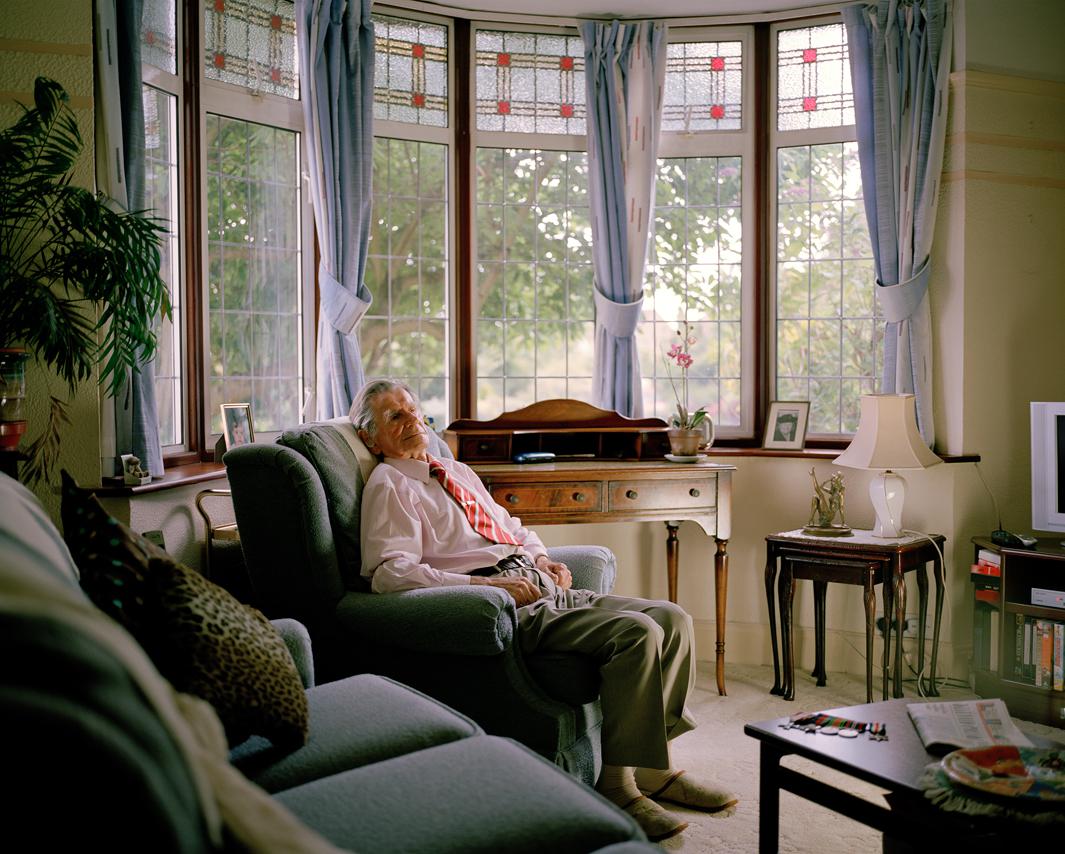
Copyright Michal Solarski
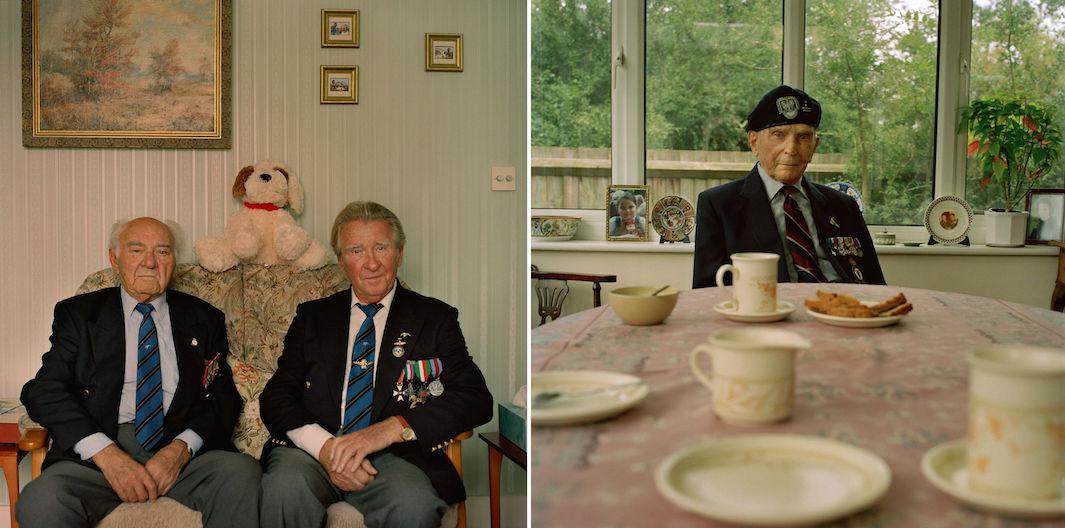
Copyright Michal Solarski
During the late ’40s and early ’50s, many Polish veterans moved to the U.S. and Canada. Some stayed in Britain, where they, like British nationals, struggled to rebuild the country. Those who returned to Poland found a communist state where they were treated as enemies. Some were arrested.
“Not only were their hopes for a free Poland destroyed, but they were also not welcome in the country they had fought and died for. It only got worse after the controversy surrounding the lack of representation of Polish forces in the London Victory Celebrations of June 1946. Poles were refused the opportunity to march alongside their British and other allies as Churchill did not want to upset Stalin,” he said.
Solarski began the project in 2008, and he is still learning about more veterans he would like to photograph. Sunday’s observances are just another reminder that continuing to document them and honor their sacrifices is a worthy cause.
“I will photograph those people until I’m not able to find them any more.”
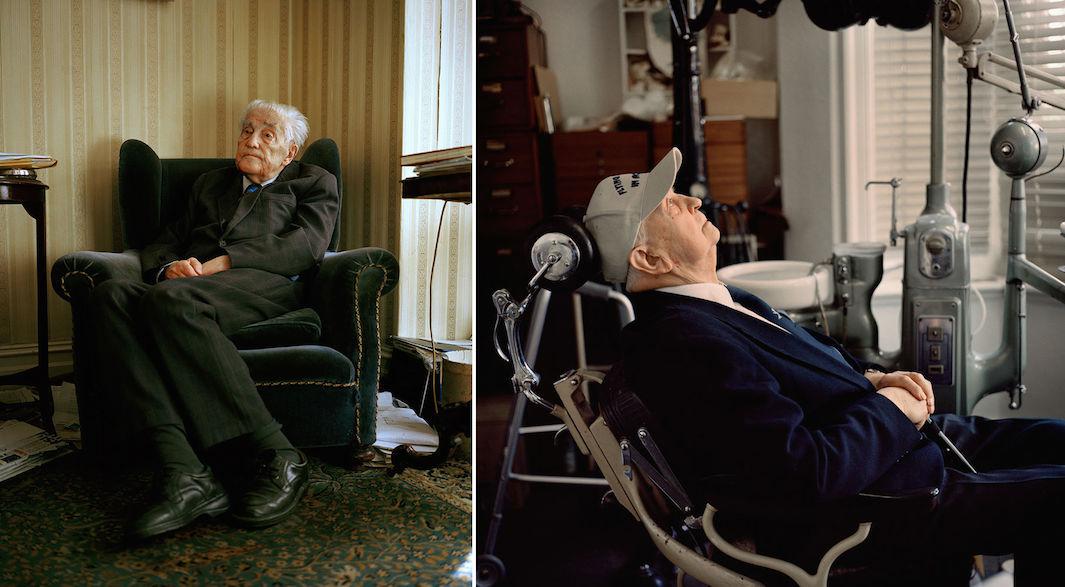
Copyright Michal Solarski
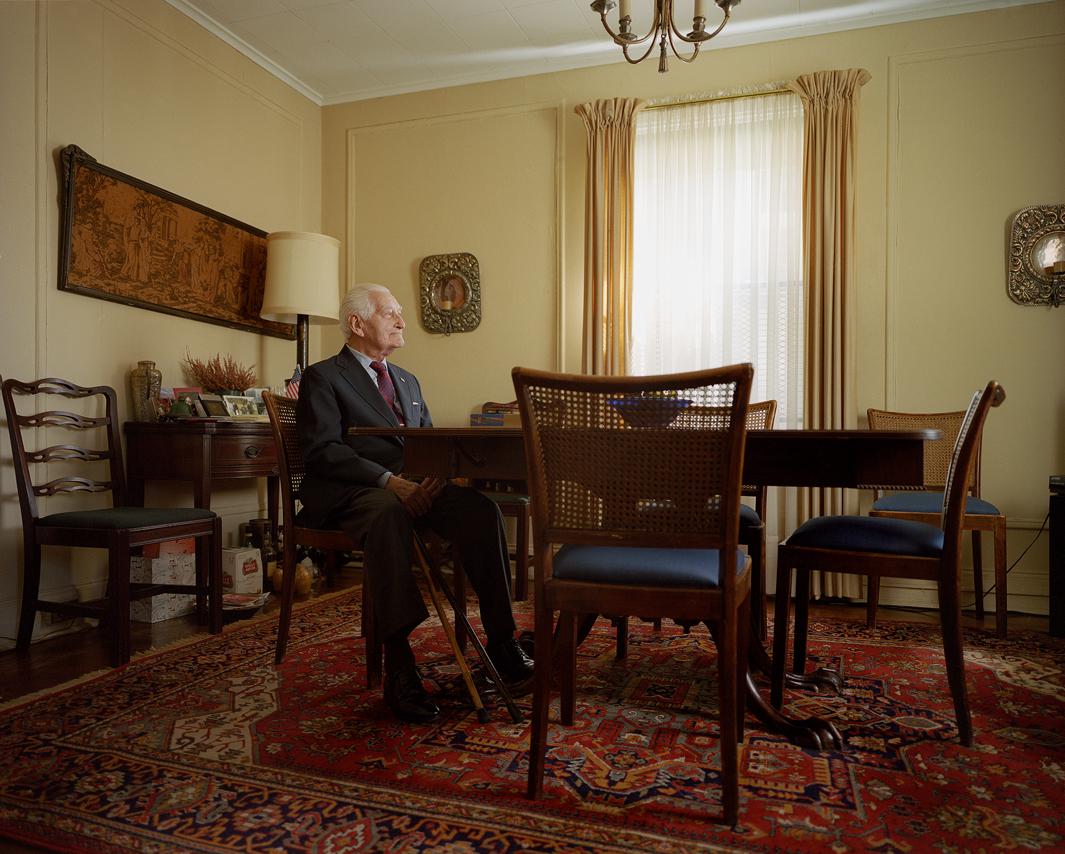
Copyright Michal Solarski
